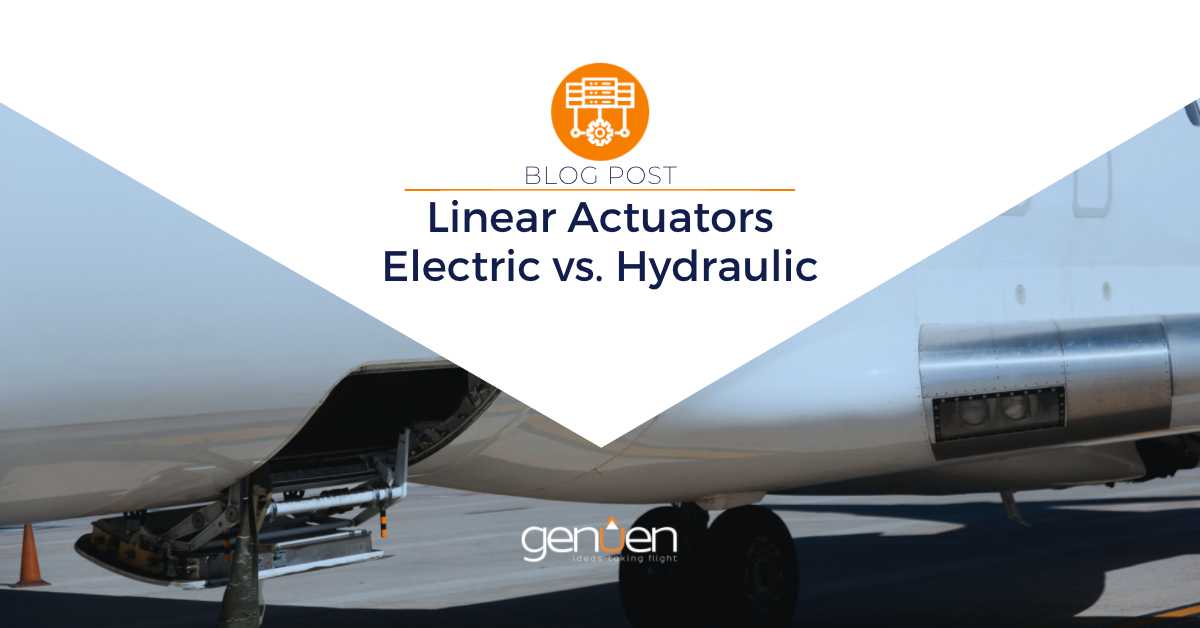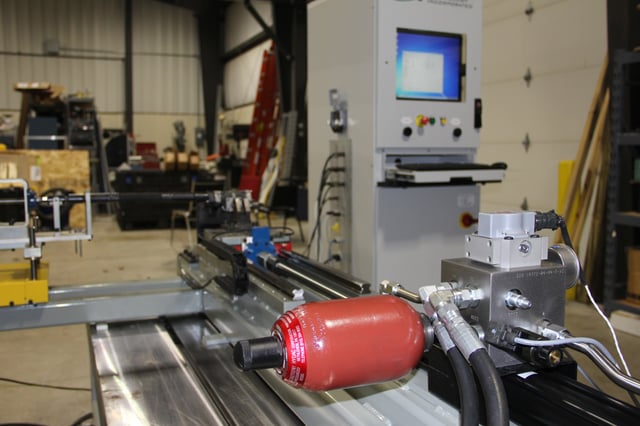A quick Google search of this post’s title will result in plenty of information to digest and a wide range of comparisons (and opinions) based on who is providing them. Obviously, suppliers have a bias toward what they sell, and users based on what they know best from past experience. Someone in agricultural equipment may choose hydraulic linear actuators exclusively, and someone in robotics only electric ball-screws.
Granted, every application or discipline will need to consider the same critical variables. These include environment, durability and duty cycle, initial cost and energy consumption, and most importantly, the “performance window” of required force, travel, and speeds. And while many machine builders will admit to leaning more toward electric ball-screw units these days due to lowering costs and performance advances in the electronics and controls, many still stick to what they know best without carefully reviewing the system as a whole.
A more focused question, based on what Genuen provides and what we can assume is the interest of the reader should be this: which choice is best for my specific test equipment application?

When utilizing linear actuators on performance and durability test stands, they typically function in a closed-loop mode. That is, they are fitted with an internal or external position transducer and/or a load cell at the end to execute programmed positioning, load profiles, or both. In addition, they are often connected to controllers and software that handles the PID loops and automated test profiles required. Test stand applications usually require response characteristics that provide rapid reversals of direction or load for cyclic (durability) tests and precision force or position control through travel during one-cycle performance tests. So choosing between electric and hydraulic actuators is actually a function of the actuator itself and the power and control architecture required to support its intended function. The decision must be system-based.

Figure 1 - A hydraulic actuator in our shop
Each use case is different. It would be flippant to say that a good engineer “just knows” what to apply to the task at hand based on the requirements and variables discussed in the second paragraph above. However, there are some points worth making:
-
Consider and compare hidden system costs: labor for plumbing and wiring, safety interlocks, control tuning and programming, etc.
-
Hydraulics still provide the most power density and overall force in most cases, but require hydraulic power supplies which need maintenance, can be noisy, and are prone to leaking oil sooner or later.
-
Electric actuator costs vary widely. Permanent magnet DC units with simple PWM controllers are much lower in price than servo or stepper motor versions. In addition, the quality of the ball-screw itself varies.
-
Electric actuators cannot, in theory, control on force directly. That is, they struggle ramping up to a specific load via a programmed load vs. time profile, and then holding that load for a specific time period. A supplier may be able to claim their controller can do this, but its often done indirectly (perhaps through position and load value comparisons) and has limitations. Often, there is judder while holding a load and heat generated that can be detrimental.
-
One form of electric actuator, the true linear motor does handle force control better than servo ball screw actuators, but can generate heat while holding a force. And the max force provided tends to be lower
-
Hydraulic actuators do provide a level of resilience (due to oil compressibility) that electric actuators do not. For long stroke cylinders, this can be a detriment on some applications. Also, the oil compressibility may make them better suited for some load control applications since it can provide some cushion that you may otherwise need to recreate mechanically.
-
Electric actuators often require dedicated controllers or power supplies (both open and / or closed loop). Capture that initial cost and any learning curve or programming requirements.
-
When calculating hydraulic actuator costs, you must consider the need for a filtered hydraulic power unit that will work with the required servo valves without contamination.
-
Electric actuators typically provide the highest positioning accuracy.
-
Multi-stage servo valves are often required for high-flow hydraulic applications. Some control systems struggle with these.
-
Distributed control electronics and faster communication protocols often favor electrical actuators in multi-axis applications previously utilizing hydraulics.
-
Hydraulic cylinders with internal feedback sensors are costly and often must be custom-ordered.
-
Some electric actuators (often based on screw pitch) can back drive or have difficulty holding a locked position.
Although electric actuation is gaining more ground than ever, including applications in aircraft previously utilizing hydraulic actuators, there will always be a need for linear hydraulic cylinders, even on test stands. Just make sure to apply an end-to-end analysis when deciding – from the required output performance on one end to the needed system components on the other.
Contact us today to request a consultation with an experienced engineer.



